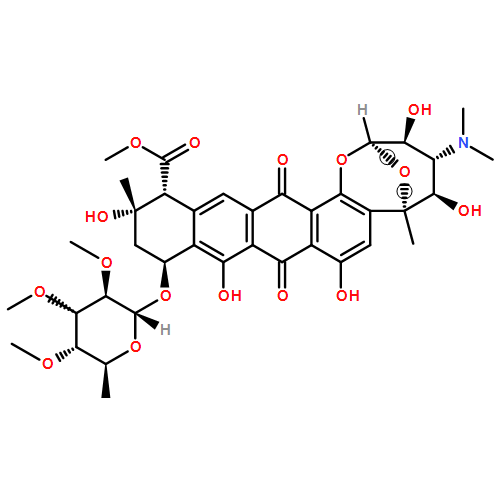Many plants infested by herbivores or viruses can rapidly produce and accumulate a plant-signaling compound, methyl salicylate (MeSA), in their leaves to activate disease resistance. In the present work, a simple, rapid, and sensitive method was developed for the determination of MeSA in tomato leaves by direct sample introduction and thermal desorption followed by GC-MS. Results show that the proposed method has a low detection limit (0.08 ng mg–1) and good precision (RSD = 8.9%). The present method was applied to the investigation of tomato plant defense response to tobacco mosaic virus (TMV) by rapid analysis of volatile compounds in plant leaves. It was found that tomato plants can produce large amounts of MeSA as a defense response to TMV. This indicates that MeSA may be a plant-signaling compound in tomato plant defense response to TMV.
